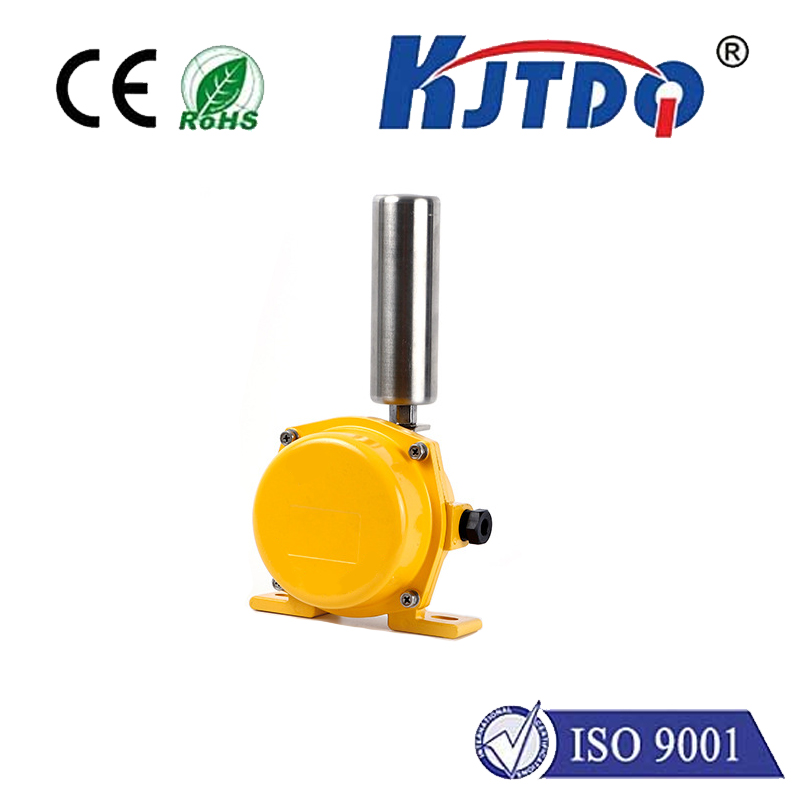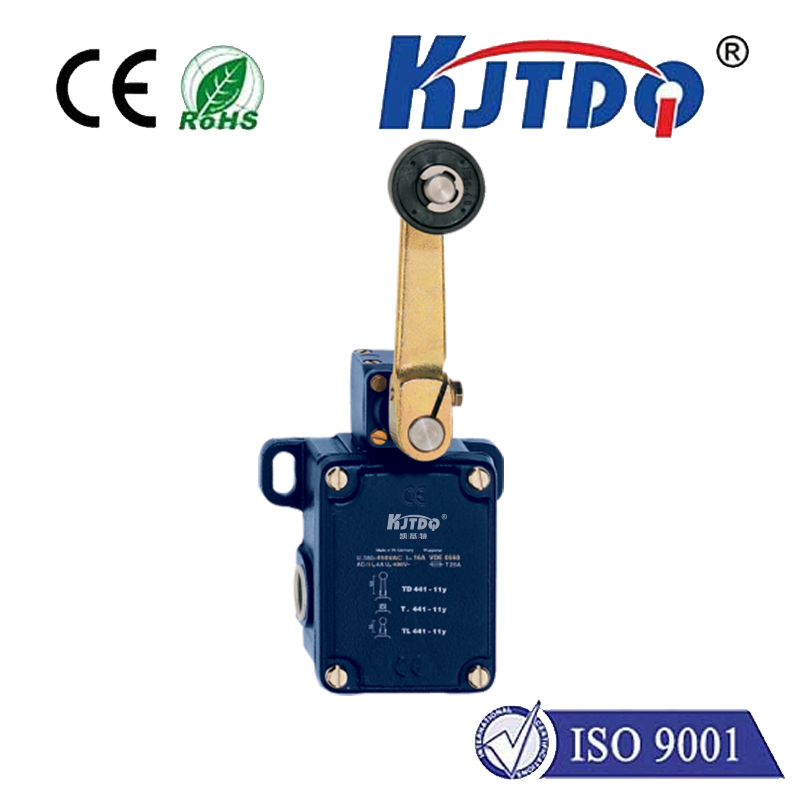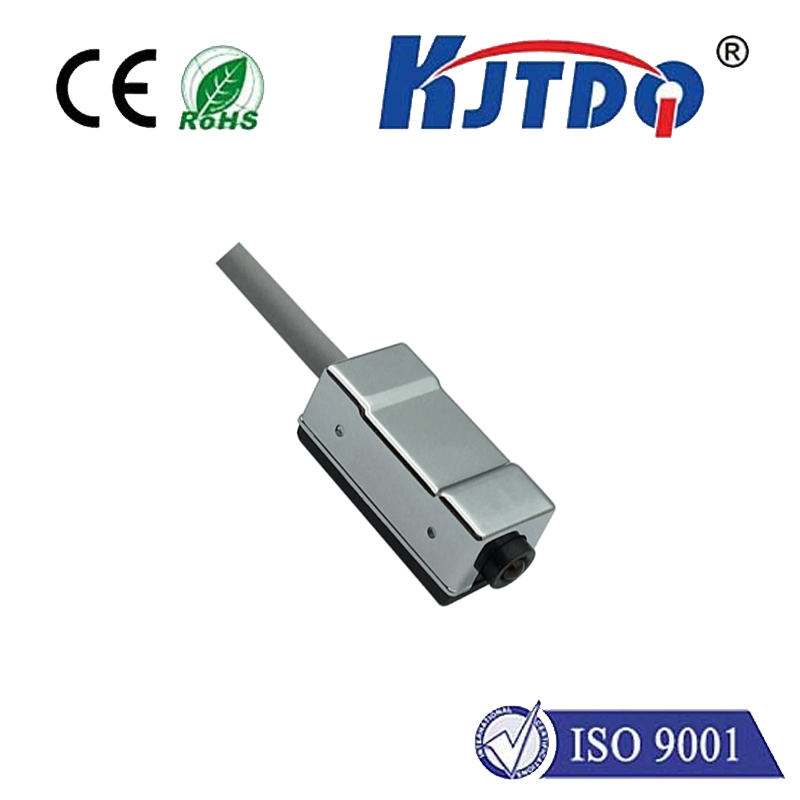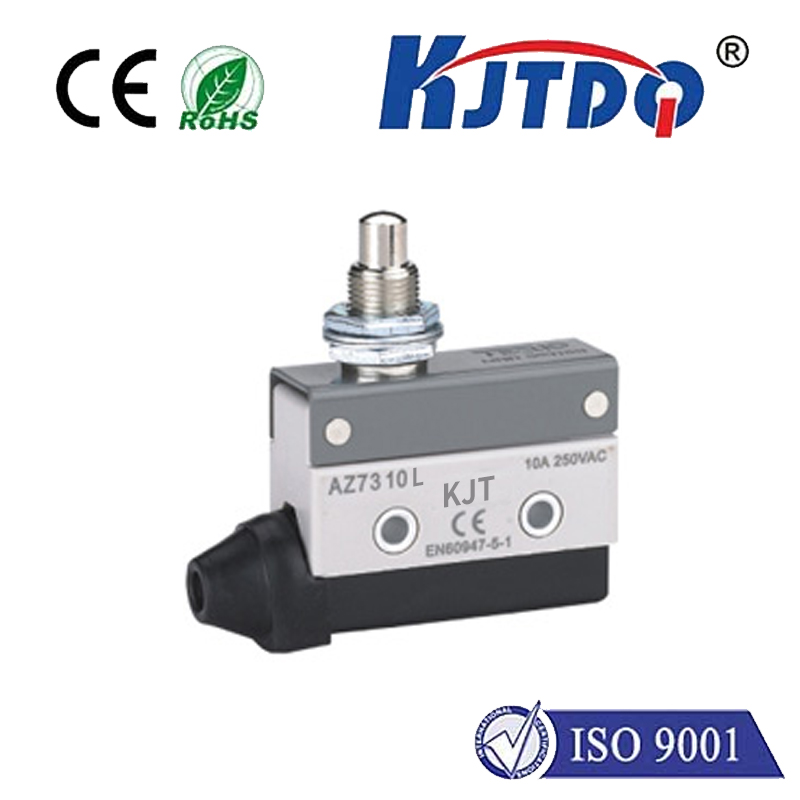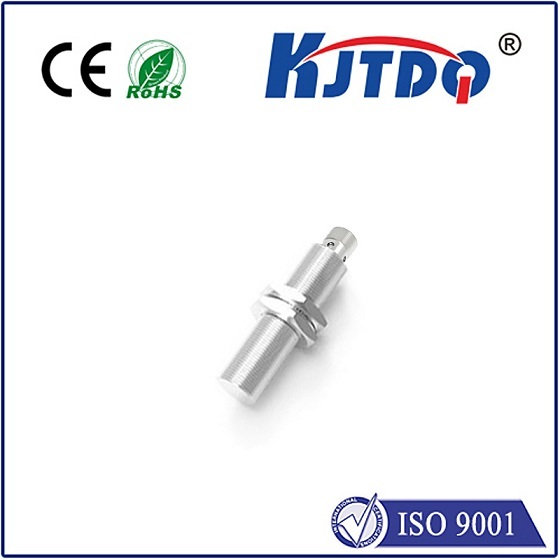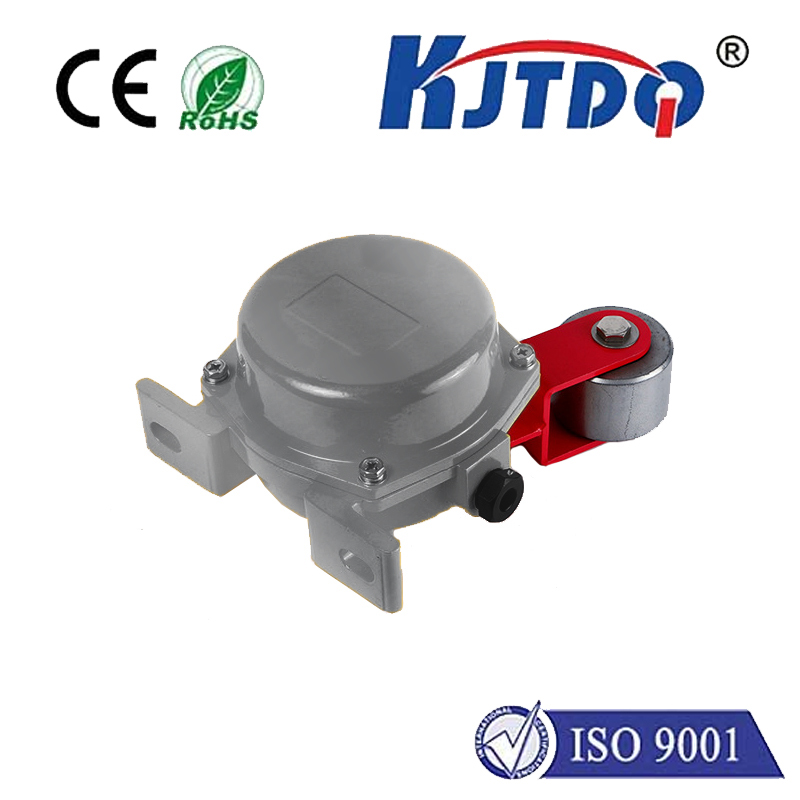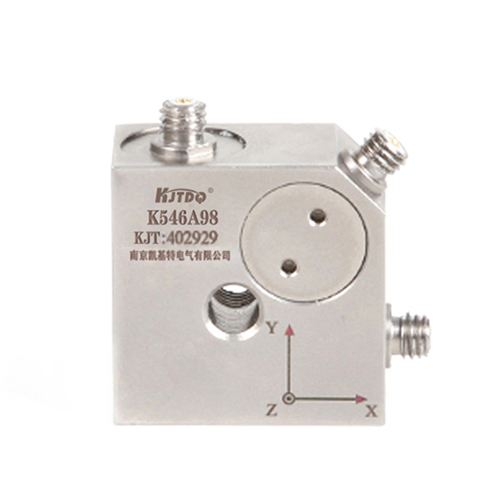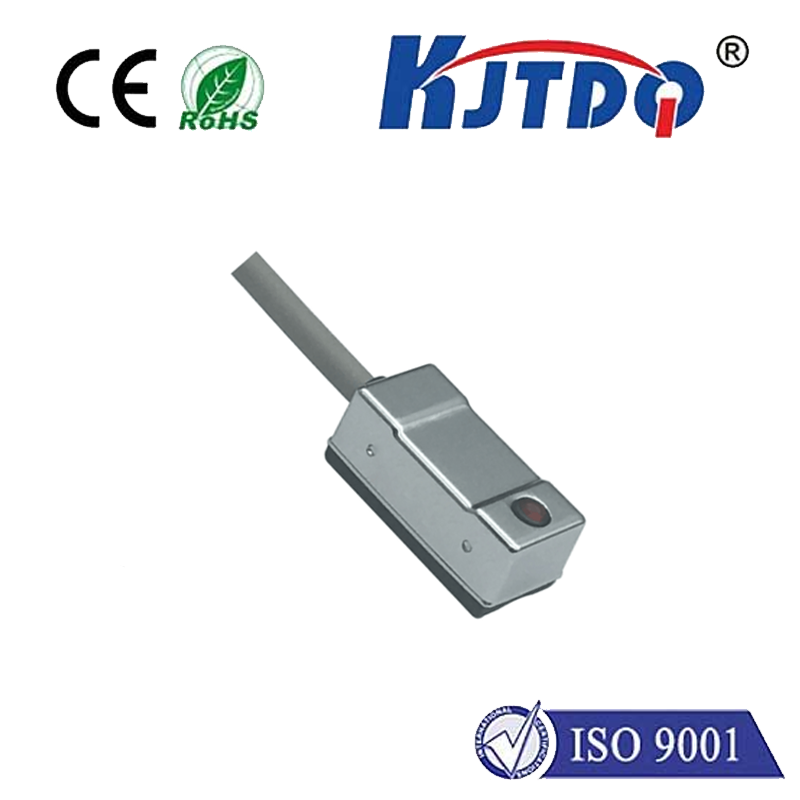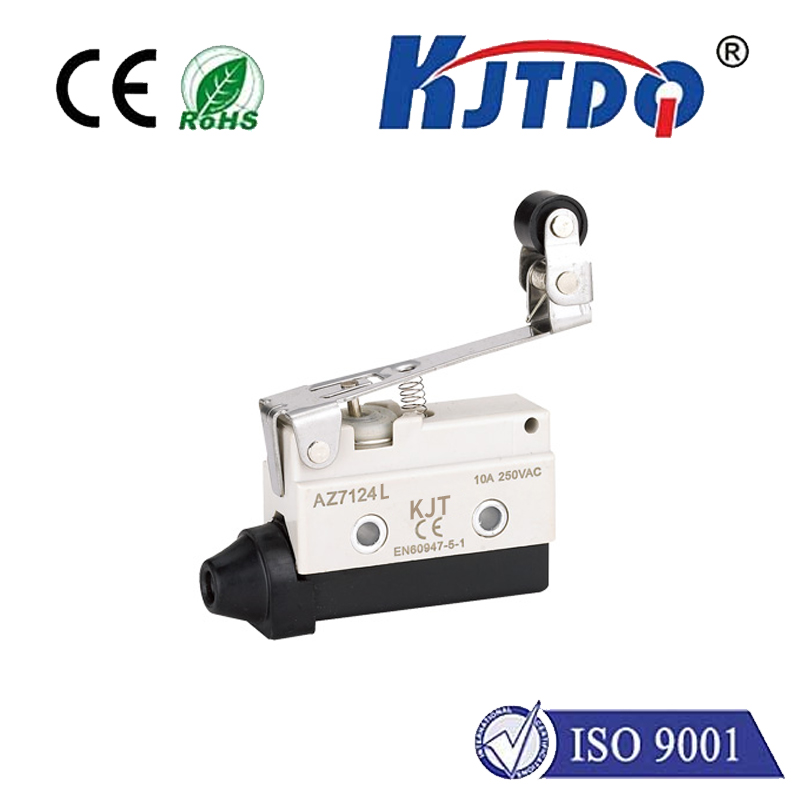hydraulic limit switch
- time:2025-07-30 16:07:32
- Click:0
Hydraulic Limit Switches: Guardians of Precision and Safety in Fluid Power Systems
In the relentless pulse of heavy machinery, where immense forces are harnessed, a moment’s misstep can cascade into catastrophe. Hydraulic systems power the backbone of modern industry—from colossal excavators shaping landscapes to precision injection molding machines crafting intricate components. At the heart of ensuring these powerful systems operate reliably, safely, and within precise boundaries lies an often-overlooked hero: the hydraulic limit switch. Far more than a simple sensor, this device is a critical sentinel, preventing damage, optimizing cycles, and safeguarding personnel.
What Exactly is a Hydraulic Limit Switch?
Essentially, a hydraulic limit switch is an electro-mechanical device specifically designed to detect the position or presence of a moving component within a hydraulic cylinder or actuator. It acts as the system’s “eyes and ears” at the end points of motion. When the piston rod, plunger, or a designated target reaches a predetermined position—typically at the end of its stroke, either fully extended or retracted—the switch is actuated. This action sends an electrical signal that serves as a crucial input to the machine’s control system (like a PLC - Programmable Logic Controller).

The Unseen Mechanism: How They Work
The core principle involves converting mechanical movement into an electrical signal. Most commonly:
- Mechanical Actuation: A physical component of the hydraulic cylinder (like a piston rod collar, a moving flange, or even the piston itself) makes direct contact with an actuator arm, plunger, or roller lever on the limit switch as it approaches its travel limit.
- Electrical Change: This physical contact forces the switch mechanism to toggle its internal electrical contacts. This can be a simple open-to-close (Normally Open - NO) or close-to-open (Normally Closed - NC) transition.
- Signal Transmission: The changed electrical state (a signal indicating “limit reached”) is sent through wires to the machine’s controller.
- Control Action: Based on pre-programmed logic, the controller instantly reacts. This reaction is paramount: it typically halts hydraulic fluid flow to that cylinder via solenoid valves, reversing direction, initiating the next sequence step, or triggering an alarm to prevent over-travel.
Why Hydraulic Limit Switches are Indispensable
Their applications are vast, spanning industries where hydraulics reign:
- Preventing Catastrophic Over-Travel: The primary and most critical function. Without a hydraulic limit switch, a cylinder could mechanically slam into its end cap at full system pressure. This causes immense stress, leading to bent rods, damaged seals, blown end caps, hose failures, and costly downtime. The limit switch acts as the essential fail-safe.
- Ensuring Cycle Precision: In automated processes like press brakes, injection molding, or material handling, cylinders must stop at exact positions repeatedly, cycle after cycle. Limit switches provide the consistent, reliable position feedback needed for this precision.
- Sequencing Operations: They act as “go/no-go” signals within complex machine sequences. Confirmation that Cylinder A is fully extended might be the prerequisite signal to initiate Cylinder B’s retraction.
- Safety Interlocks: They can be integrated into safety circuits. For instance, ensuring a protective guard is securely in place (detected by a limit switch) before the potentially dangerous hydraulic cycle can even begin.
- Position Feedback for Control: While more advanced sensors (LVDTs, magnetostrictive) offer continuous position, robust limit switches provide reliable discrete “home” or “end” position verification crucial for control logic.
Selecting and Implementing the Right Switch
Choosing the optimal hydraulic limit switch is vital for longevity and reliability:
- Environmental Toughness: Industrial environments are harsh. Switches must withstand vibration, shock, temperature extremes, moisture, dust, hydraulic fluid spray, and potential chemical exposure. Look for high Ingress Protection (IP) ratings (e.g., IP65, IP67).
- Electrical Specifications: Match voltage, current rating (AC/DC), contact configuration (NO/NC/Changeover) to the control system requirements. Redundant contacts enhance safety.
- Actuation Force/Style: Ensure the moving part can reliably actuate the chosen plunger, lever, or roller mechanism. Adjustable levers offer flexibility. Consider snubber rings mounted on the piston rod to actuate the switch.
- Mounting: Secure and precise mounting is essential. Dedicated brackets, clamp-on designs, or threaded body styles ensure the switch retains its calibration relative to the cylinder stroke. Misalignment leads to failure.
- Durability: Millions of reliable cycles are expected. Sealed, robust construction is non-negotiable in demanding hydraulic applications.
Beyond Installation: Ensuring Longevity
Even the best hydraulic limit switch requires attention:
- Regular Inspection: Check for physical damage, secure mounting, and signs of fluid ingress. Verify lever/plunger movement isn’t obstructed.
- Calibration Verification: Periodically confirm the switch still actuates precisely at the intended stroke endpoint. Vibrations can loosen mounts over time.
- Protective Measures: Use protective boots for plungers, or armored conduit for wiring if needed, especially near pinch points or where abrasion occurs.
The Silent Enforcer in Fluid Power
In the powerful, dynamic world of hydraulics, the hydraulic limit switch operates quietly in the background. Yet, its role is undeniably front-line. By providing reliable, discrete position feedback at critical travel limits, it prevents costly mechanical damage, ensures process repeatability, enables safe machine sequencing, and protects both equipment and personnel. It is a fundamental component that transforms raw hydraulic power into controlled, reliable, and safe industrial motion. Understanding and maintaining these vital switches is not just good practice; it’s essential for the smooth, safe, and efficient operation of any hydraulic system.






